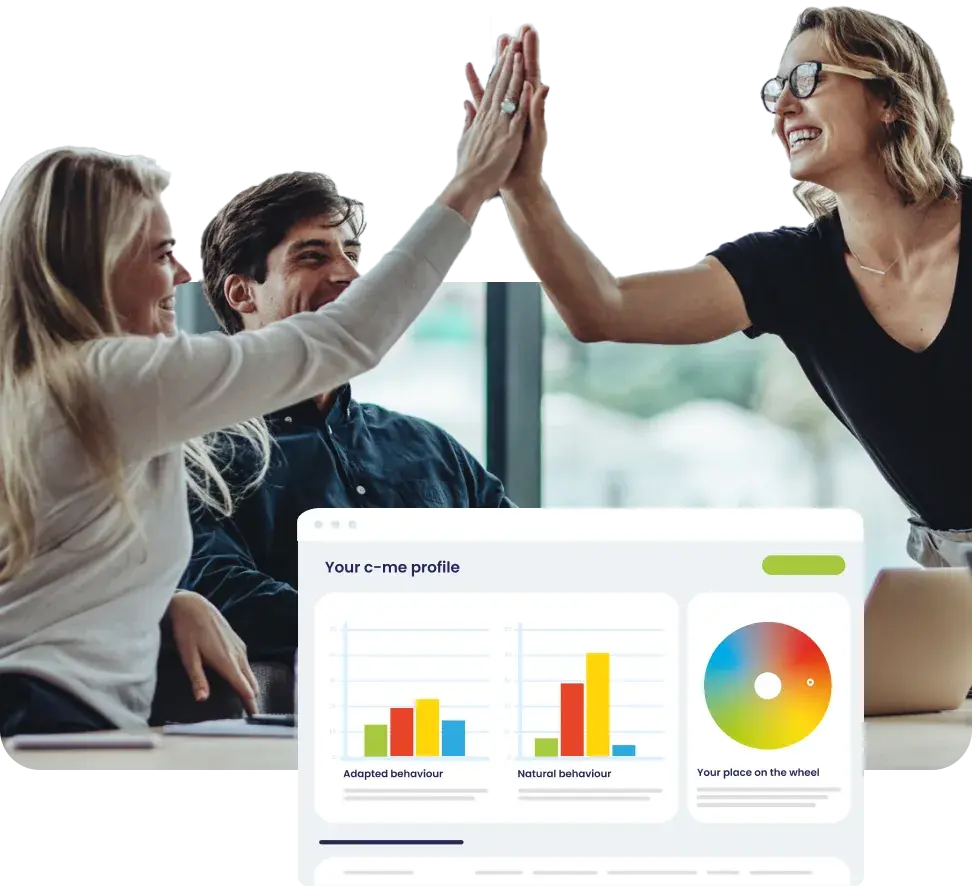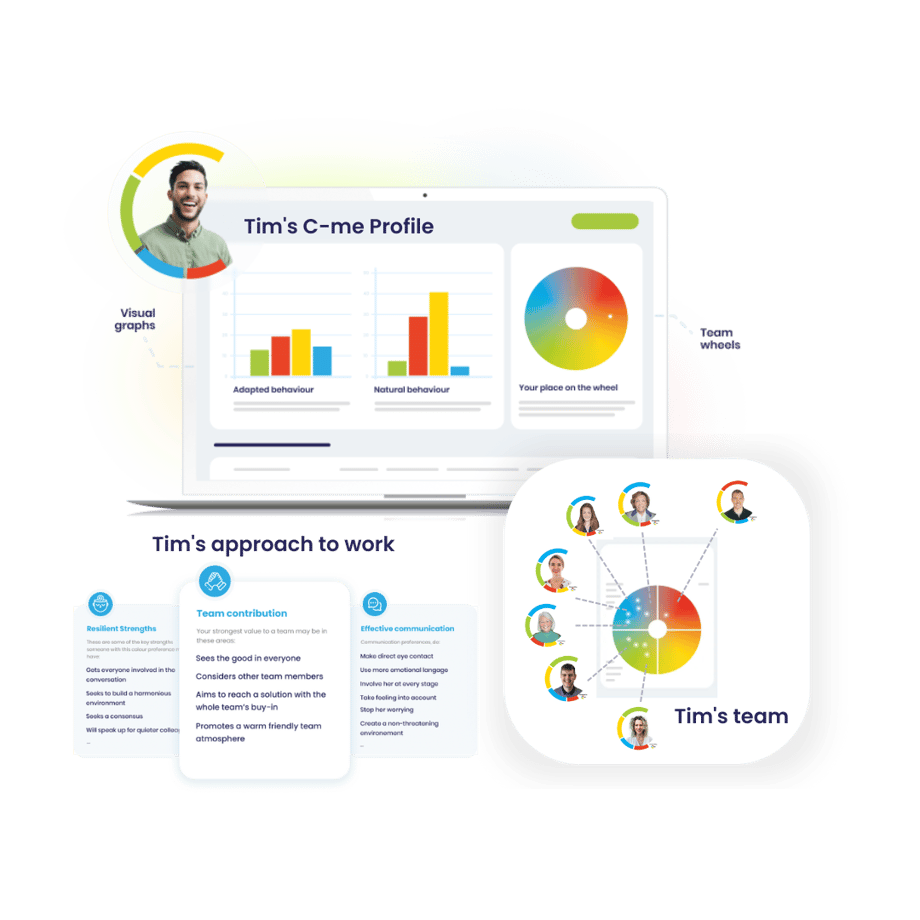
7 Strategies improve your employee engagement
In the dynamic landscape of the business world, employee engagement is a crucial aspect of success. Engagement encompasses various facets, such as employee retention, employee satisfaction, workplace culture, teamwork, communication, employee motivation, productivity, and leadership. In this blog post we offer seven effective strategies that can help your employees stay engaged and achieve better performance.
How does employee engagement effect performance?
Mihály Csíkszentmihályi, an American-Hungarian psychologist is one of the most well known figures in the study of employee engagement. Csíkszentmihályi is most famous for his research on the psychological concept of what he called "flow", which focused on creativity and productivity, and involved interviewing a wide range of successful professionals across a spectrum of industries, seeking to discover the secrets to their performance.
Csíkszentmihályi reported that for those people who appeared truly engaged in their work, “they would describe feeling a sense of competence and control, a loss of self-consciousness, and such intense absorption in the task at hand that they would lose track of time”.
His observations would suggest that an engaged workforce is a happy workforce and that happier workforces tend to be productive workforces. (Watch this YouTube video for his explanation.)
Building on Csíkszentmihályi's findings, we have compiled seven strategies that will help leaders and organisations engage their employees and ultimately maximise their performance.
7 strategies to help your employee engagement
Strategy #1 Help your people feel valued
There is always the temptation, when seeking to optimise your workforce's performance, to focus on strategies directly linked to improving efficiencies, output and profitability. This might be measuring sales targets, calls made, income generated, meetings held etc.
Whilst this approach may work in the short run, it can lead to staff feeling undervalued, unappreciated and burned out. It would be more productive to focus on the inputs our employees receive, rather than looking at their outputs.
By recognising that people are the most valuable asset an organisation has, productivity is likely to rise as a natural by-product.
Measuring outputs is of course part of the picture, but solely focusing on them at the expense of inputs is short-sighted. When people feel valued, their discretionary effort is likely to increase, and with this, their performance, employee satisfaction and your employee retention.
Strategy #2 Help your people feel safe
Job security is a topic of regular conversation. Notwithstanding the importance of accountability and a healthy desire to see people perform. It is prudent for workplace leaders to help their workforce feel safe and to provide them with security.
The background stress created by looming job cuts must not be underestimated – it drains valuable energy that would be far better ploughed into the work itself.
What could it look like for you as an employer to help your people feel secure with their work? I.e., “we value you and want you to keep working here. We will do all that we can to ensure this happens”.
Whilst at the same time, creating a healthy challenge in their work, i.e. “we will challenge you to perform at your best. We will also aim to provide a supportive workplace culture and systems to support you in this”.
Strategy #3 Help your people lead and motivate themselves
The better we know ourselves, the more effective we can be in leading ourselves.
At a glance, this could be educating someone to take personal responsibility for their attitudes and actions, empowering them to become their own proactive leaders, rather than relying on others or expecting to be spoon-fed.
One of the most powerful ways we can help people lead themselves effectively is through building a culture of coaching.
The image of a 'stereotypical leader' is often envisioned as being very directive, which can be disempowering. Developing as a leader who coaches others - understanding how to communicate and motivate different behavioural preferences - rather than telling them what to do, will help others learn to make decisions themselves and lead themselves effectively.
Strategy #4 Define the 'what', 'why' and 'how' for each employee
There is much wisdom in Steve Jobs’ oft-quoted quip: “the only way to do great work is to love what you do”. This is not just something the workforce should take responsibility for; managers also need to help their people find what it is they love to do.
Engagement involves three key strands:
- what we are doing
- why are we doing it
- how we are doing it
The presence of a well-defined ‘what’ ensures workers are clear on their role. The presence of an inspiring ‘why’ ensures workers believe in what they are doing - the belief itself being a powerful motivator. The presence of a clear ‘how’ focuses on the method and approach being employed, how the team will get to the ‘why’.
The best leaders focus on all three areas of engagement, giving the most flexibility in the ‘how’ area. This is because we can be really clear on our role (the ‘what’) and have the most inspiring vision to chase (the ‘why’) but if the way we are being asked to work (the ‘how’) fails to bring out the best in us, engagement levels will quickly dwindle.
Try to think creatively about the different possible ways of approaching a task and give your workforce the freedom to explore an approach that suits them best.

Strategy #5 Help your people live and breathe the vision
Vision is a compelling picture drawing people towards a common end. Far too often, vision statements exist on a company’s documents but not in the hearts of their employees. This leads to a common problem of vision leaks.
You will keep your workforce engaged by regularly and creatively reinforcing the vision in every aspect of your business.
Strategy #6 Help yourself to keep growing as a leader of others
Are you a 'Do-er of Tasks' or a 'Developer of People'?
The former is easy because it involves getting on with what is in front of us. Yet if our focus remains here, we will lead in such a way that creates other D.O.T’s. This is an example of short-termism or, to put it bluntly, poor leadership.
Being a Developer of People, however, takes far more effort. It takes patience and intentionality, which costs in the short term. Although an investment, over time, this will lead to a lasting and deeper leadership legacy.
If you are a leader, take time each week to think about how you are developing yourself, and how in turn that might filter down to how you develop others.
Strategy #7 Help your people to know themselves
Knowing ourselves is vital if we are to perform at our best. What makes you uniquely you? What are your strengths? What are your blind spots? How has the past shaped you?
Our world often wrongly assumes our identities are rooted in what we do. This leads to an unfavourable comparison with others and drives negative competitiveness. By spending more time seeking to understand ourselves, we will learn to be more comfortable with who we are. A maturity in knowing ourselves will also naturally lead to recognising our need for other people and therefore stronger teams. None of us can do it all ourselves.
Help your people get to know themselves in relation to others. For example, one of the great strengths of C-me psychometric profiling is that our profiles are deeply relational. We help people to understand themselves better, but in relation to other people, through the language of 'colour preferences'. The image below illustrates one page of the personalised C-me report - with bespoke statements related to the individual followed at the top of the page and more general characteristics of the rest of the population at the bottom of the page. This enables each person to reflect upon themselves in relation to other people.

Sow in to a healthy workplace culture that motivates your employees, and improves engagement, by encouraging team members to see themselves and one another for the unique contribution they bring, and how they need one another to succeed at hitting higher levels of performance. We have written more about what psychometric profiling can bring to team dynamics and performance in our blog How can psychometric profiling add real value to my team?
How can C-me help your employee engagement?
Communicate employee value by providing positive learning opportunities for self-reflection and personal development.
To find out more see how our platform is designed to address your employee engagement needs and sign-up for a free trial.
![]() One platform with multiple applications
One platform with multiple applications





